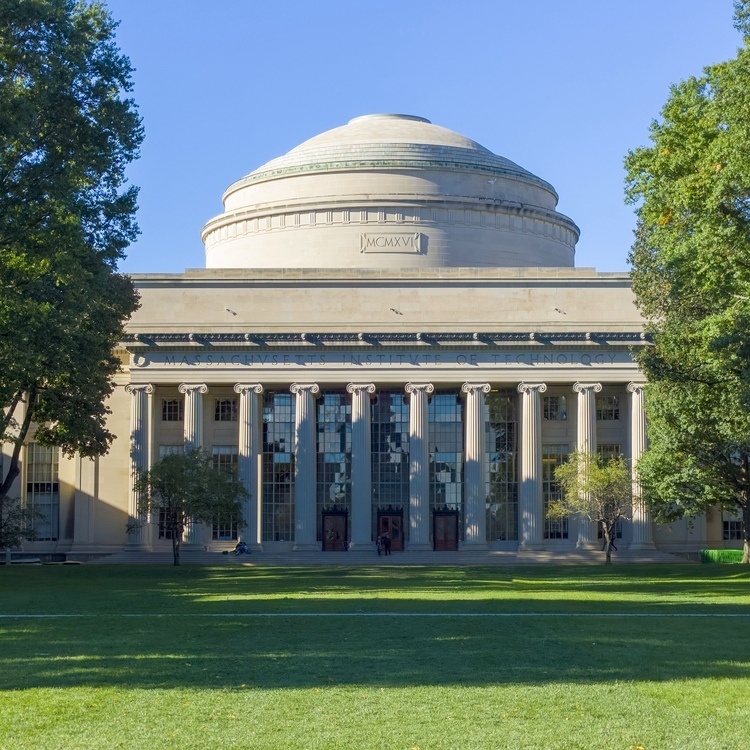
Cog Lunch: Vivian Paulun
Description
Zoom link: https://mit.zoom.us/j/93741966145
Speaker: Vivian Paulun
Affiliation: Kanwisher/Tenenbaum
Title: What is the world made of, and how do we know?—Perceiving materials and their properties
Abstract: Our world contains an immense variety of different materials like, silk, gravel, porcelain, or honey. To a large degree materials determine the function and affordances of the things we interact with. How do we know what things are made of? We can draw rich inferences from observing how materials flow, deform, and interact, from how gooey honey slowly drips off a spoon, powdery sand trickles between someone’s fingers or how jelly bouncily wobbles back and forth on a plate. Understanding the physical behavior of objects and materials, means understanding the substance in front of us (e.g., liquid, solid, or jelly) and estimating its properties, whether it’s fragile or bouncy. Computationally, the task is ill-posed: The observable behavior of any material depends on a multitude of factors, its physical properties and the forces applied. The motion of a liquid in a bowl depends on its viscosity as well as the movement of the whisk. How a box sinks into a couch cushion depends on the properties of both, the cushion and the box. Despite its inherent ambiguity, humans robustly use dynamic information to visually determine the kind of ‘Stuff’ in front of them. I will present behavioral experiments to explore and characterize the extend and limits of dynamic material perception and draw conclusions about the underlying cues and computations. Furthermore, I will present evidence for the neural representation of dynamic materials in the ventral and dorsal visual pathways.

